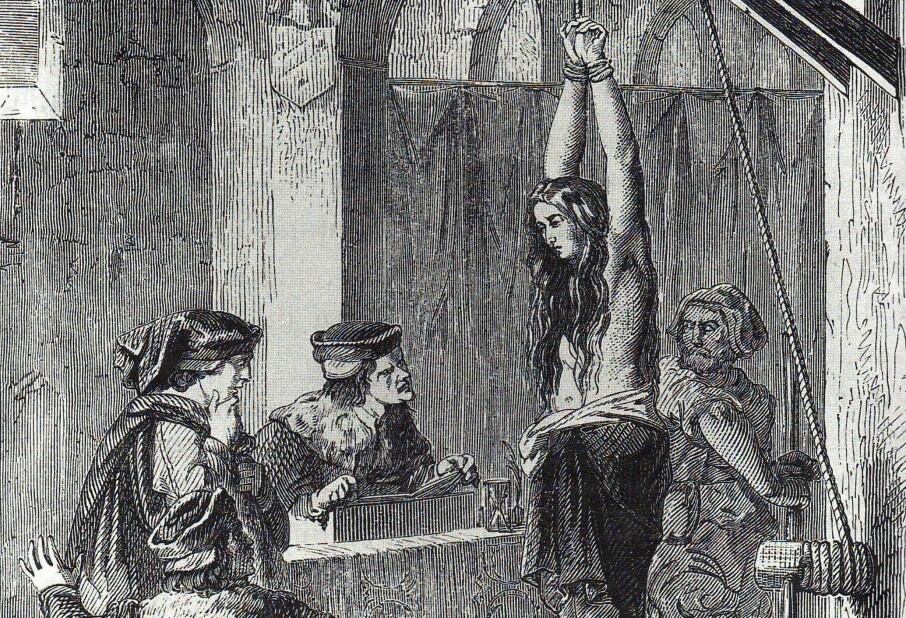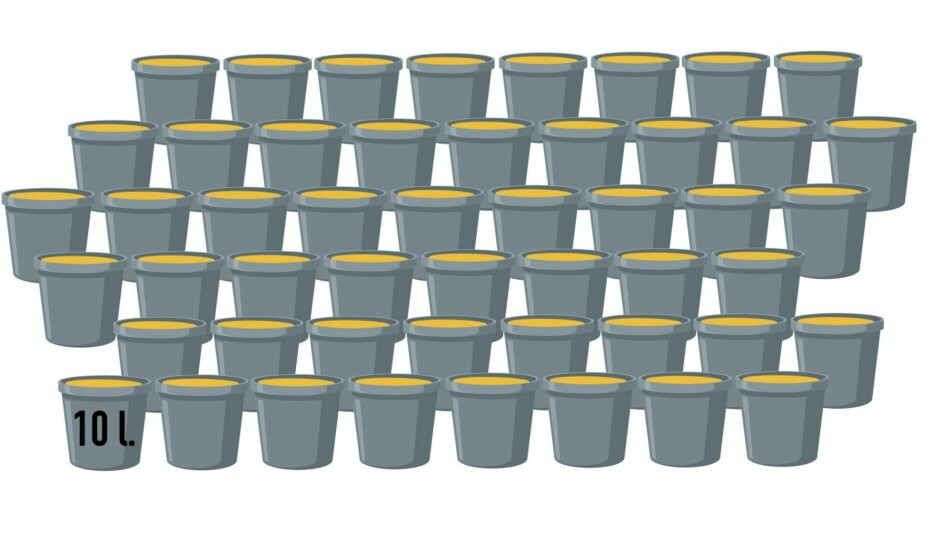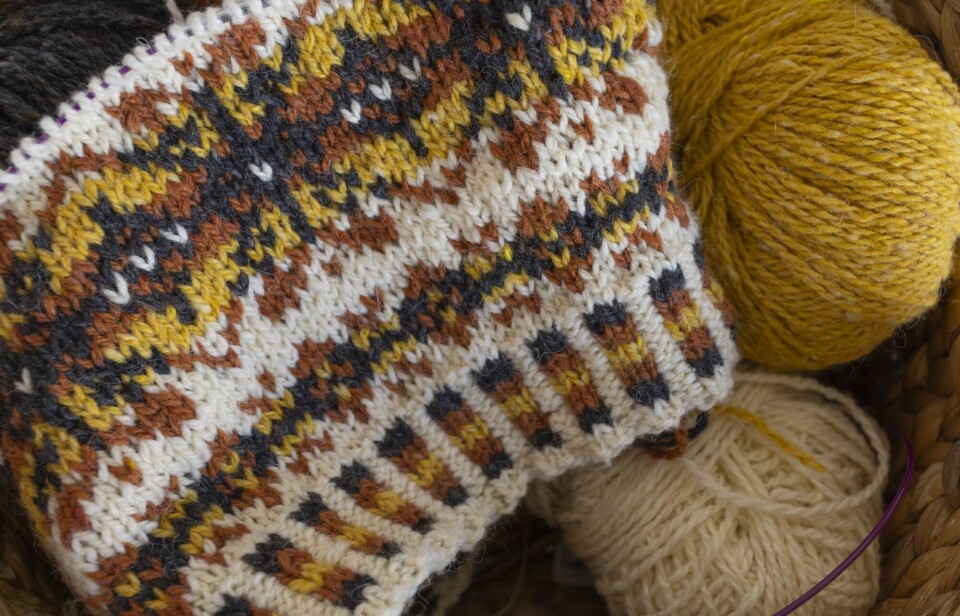
Why is wool itchy? And why is it so warm?
ASK A RESEARCHER: Wool can be warm, soft, and comfortable, but it can also itch terribly. Why is that?
When it's cold outside, it’s wise to wear wool socks, wool thermals, or a thick wool sweater.
But sometimes wool clothes can be very itchy. Why is that?
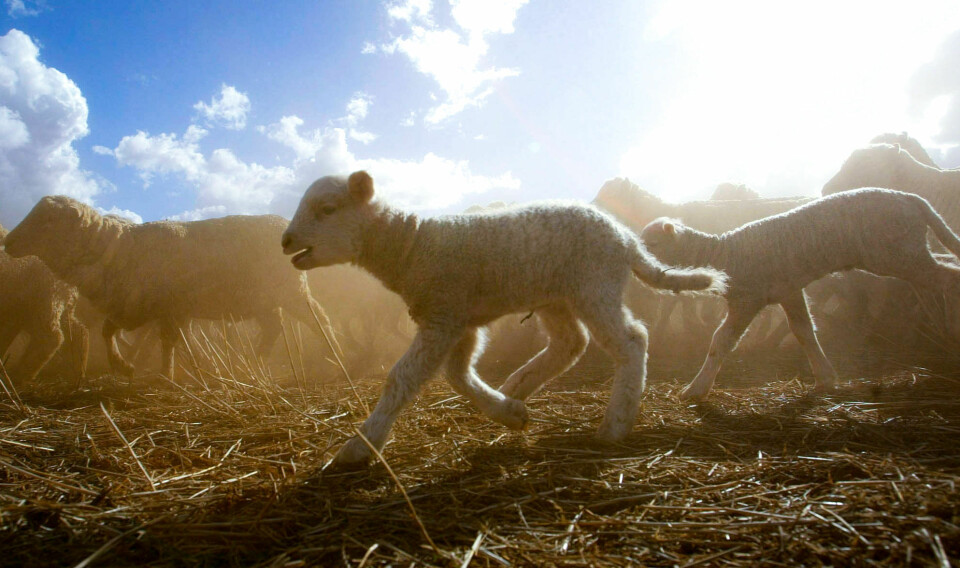
Used to soft clothes
“What determines whether wool itches or not is primarily the thickness of the fibres. Most of what is sold as itch-free wool comes from the Merino sheep. It has very thin wool,” clothing researcher Ingun Grimstad Klepp says.
You might think wool only comes from sheep? It does, but it can also come from goats, camels, rabbits, and other animals. Klepp states that the term 'wool' refers to any type of animal fibre utilised in clothing production.
“The material many people are used to having against their skin is cotton. It’s a very soft material that gives little resistance. If you’re very accustomed to cotton, you may find that wool feels itchier,” Klepp says.
Most clothes are made of fibres such as wool and cotton, but a lot of clothes are also made from synthetic fibres like polyester.
But why does wearing wool feel so warm?
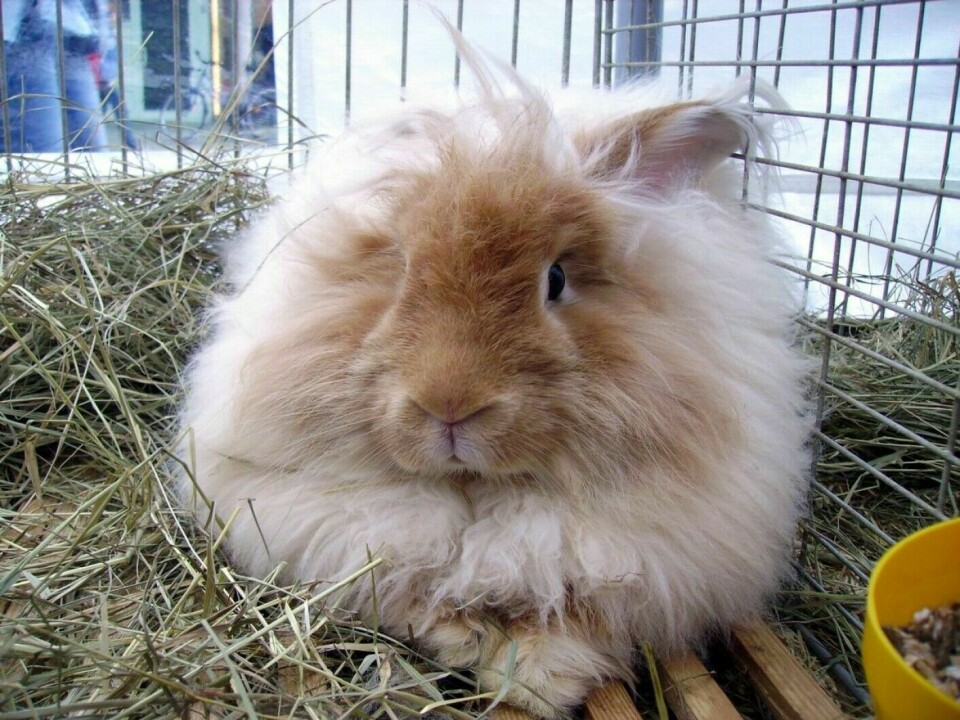
Air as insulation
Your body constantly releases moisture. At times, it appears as visible sweat, but usually, it's undetectable as it takes the form of vapour. This occurs predominantly during movement, but also while you're sleeping or sitting still.
Water has the ability to cool down and heat up things quickly, and that also applies to our body. If the innermost layer you are wearing is made of cotton, the moisture from your body can cause the fibres in the clothes to clump together. As a result, the clothes become damp and cold.

Clothes made of wool do not clump together in the same way even if they become moist. The wool removes moisture from the skin and helps to create an insulating layer of air even if we get wet.
“Air is really what insulates the best. If we’re just talking about insulation, then trapping air is important,” Klepp says.
If, for example, you step in a puddle and you’re wearing wool socks, you will be less cold than if you had worn cotton socks.
You can also feel cold wearing cotton socks in rubber boots, as the moisture can't escape through the waterproof boot.
When to wear wool
When you sit still, a down jacket can be nice for keeping warm. Down and synthetic materials used in down jackets create a very thick layer of air. But they are not breathable and do not let moisture through as easily as wool.
Therefore, wool might be better if you’re going to be active.
Wool means you need fewer clothes to keep warm. This is an advantage and can give you more mobility. Wool clothes also do not need to be washed as often. Wool smells less of sweat and can often be aired out instead of washed after use.
“If you need clothes suitable for activities where it’s occasionally cold, then wool is a good choice,” Klepp says.
Klepp also says that the best thing to wear will vary from person to person. If you’re going to be moving around in the cold, but also stop and have a chat, then wool is probably the best for most people.
———
Translated by Alette Bjordal Gjellesvik
Read the Norwegian version of this article on ung.forskning.no










